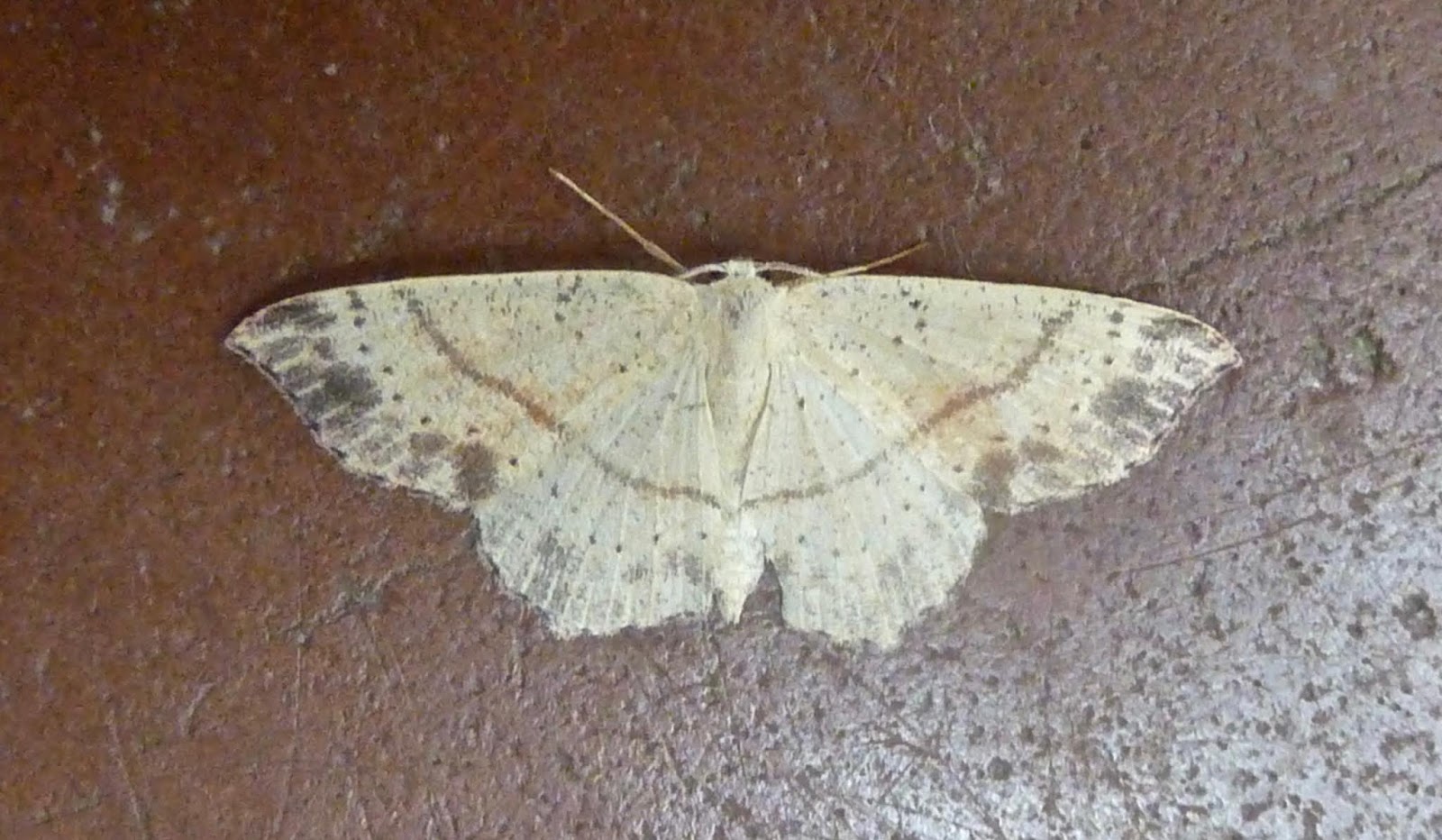A question of Common Buzzards
Common Buzzard used to be a screaming rarity in the south-east of England. Some time in the late 1980s they started to appear with more frequency, although it was still a good day if you saw one. My first in Surrey and Kent was not recorded until 1995. By the turn of the millennium numbers were definitely on the rise, to the point that it was no longer a surprise when one flew into sight, but they were normally encounters with single birds. Then came the multiple encounters, and the rest, as they say, is history. At Dungeness, the Common Buzzard story is a similar one of gradual infiltration as a regularly encountered species. It is now a few years since a scan of the horizon - especially from the RSPB reserve towards Lydd - almost guaranteed seeing Common Buzzard. In recent times there has been a new dimension to sky watching here - that of 'raptor days' - primarily on sunny and calm days in April/May and August/September, and the Common Buzzard is a major component of them....














